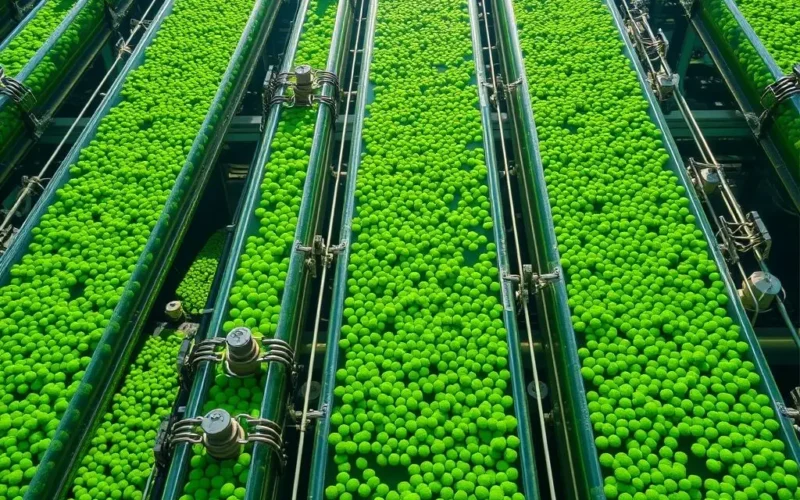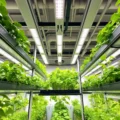Imagine a world where the fuel powering our cars, trucks, and even airplanes doesn’t come from drilling deep underground, but from tiny green organisms floating on water. Sounds like science fiction, right? Well, it’s not! We’re talking about algae, and these microscopic aquatic lifeforms are far more than just the “pond scum” you might see on a still lake. They are, in fact, incredibly efficient biological powerhouses with the potential to transform our energy future.
These little green wonders grow at astonishing speeds, harnessing sunlight and, crucially, absorbing carbon dioxide directly from the atmosphere as they do. This rapid growth and CO2 capture make them a compelling candidate for creating renewable energy.
Before we dive deep into the science and potential, here’s a quick visual appetizer on this fascinating topic. Check out this short video for a glimpse into the world of algae biofuels:
As you saw, turning this “green goo” into usable energy involves some clever biotechnology. Let’s explore how this is being researched and developed.
Table of Contents
Why Algae? More Than Just Green Growth
While many plants can be used to create biofuels (think corn ethanol or soybean biodiesel), algae offer several distinct advantages that make them particularly exciting:
- Rapid Growth Rate: Algae can double their biomass in a matter of hours or days, significantly faster than terrestrial crops. This means more fuel produced in less time from a smaller area.
- High Lipid Content: Many algae species naturally produce and store large amounts of lipids (oils), which are the primary feedstock for biodiesel and other hydrocarbon fuels. Some strains can contain over 50% oil by dry weight.
- Efficient CO2 Capture: Algae are highly effective at photosynthesis, consuming carbon dioxide at rates often exceeding land plants. This allows their cultivation to potentially serve as a method for capturing industrial CO2 emissions.
- Minimal Land Footprint: Unlike traditional biofuel crops that compete for arable land needed for food production, algae can be grown in ponds, tanks, or photobioreactors on non-arable land, in saline water, or even wastewater.
- Flexible Cultivation: Algae can thrive in various environments, including brackish or saltwater, reducing the demand for freshwater resources. They can also utilize nutrients from wastewater, offering a potential solution for waste treatment simultaneously.
These factors position algae as a potentially highly sustainable and resource-efficient source for biofuels.
The Journey from Microbe to Motor Fuel
Converting algae into usable fuel is a multi-step process that researchers and engineers are continually optimizing:
Cultivation: Growing the Green Gold
How algae are grown is critical to the success and cost-effectiveness of the process. Two primary methods are explored:
Open Pond Systems: These are large, shallow ponds where algae grow in a natural or semi-natural environment. They are relatively inexpensive to build and operate, relying on natural sunlight. However, they are susceptible to contamination by unwanted algae strains or other microorganisms, water evaporation, and require significant land area (though not necessarily *arable* land).
Photobioreactors (PBRs): These are closed or semi-closed systems, often made of transparent tubes or bags, that provide a more controlled environment. PBRs allow for better control of temperature, light exposure, CO2 supply, and nutrient levels, leading to higher algae densities and yields per volume. They also minimize contamination and water evaporation. However, PBRs are significantly more complex and expensive to build and maintain than open ponds.
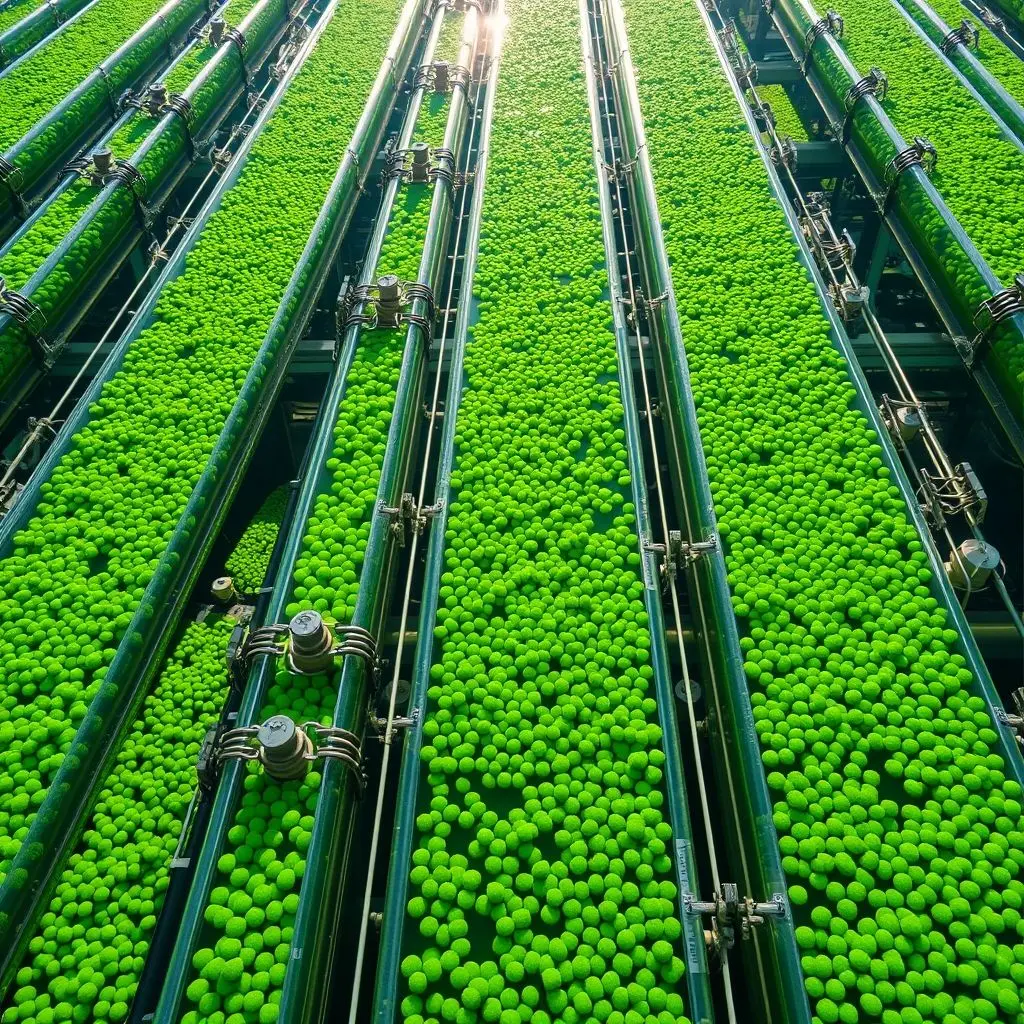
The choice between open ponds and PBRs often depends on the specific algae strain, climate, desired scale, and economic considerations.
Harvesting: Separating Algae from Water
Once the algae culture reaches sufficient density, the biomass needs to be separated from the vast amount of water it’s grown in. Since algae are tiny, this is a significant challenge and can be energy-intensive. Methods include centrifugation, filtration, flocculation (causing algae to clump together), and flotation.
Dewatering & Extraction: Getting the Oil Out
After harvesting, the algae paste is dewatered further. Then, the valuable lipids (oils) need to be extracted from the biomass. This can be done using various methods, including mechanical pressing, or using solvents like hexane. Research is also exploring solvent-free extraction methods to improve sustainability and reduce costs.
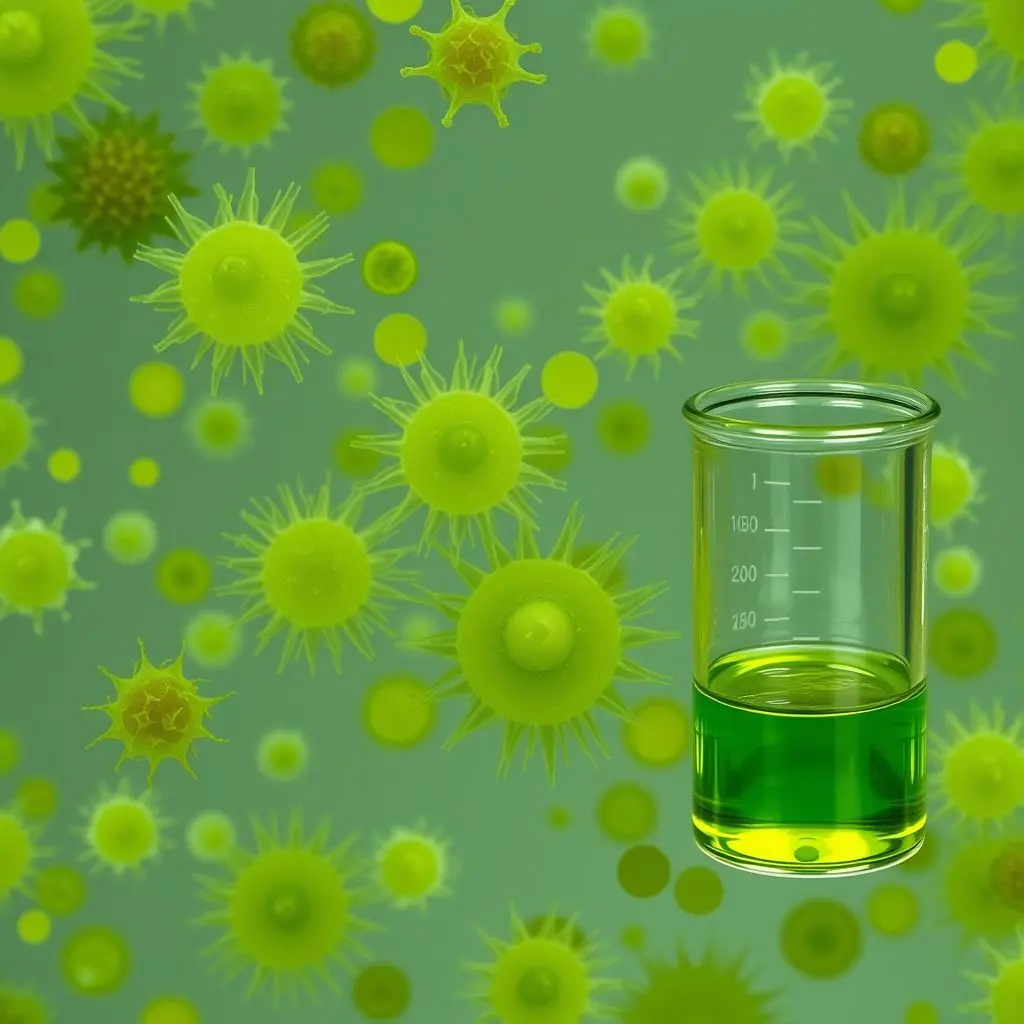
Refinement: Fueling Up
The extracted algae oil is a crude product that needs to be refined into usable fuel. For biodiesel, the oil undergoes a process called transesterification, reacting with an alcohol (like methanol) and a catalyst to produce fatty acid methyl esters (FAME), which is biodiesel. For bio-jet fuel or renewable diesel, more advanced hydrotreating processes are used to create hydrocarbons structurally identical to those found in petroleum fuels, making them compatible with existing infrastructure and engines.
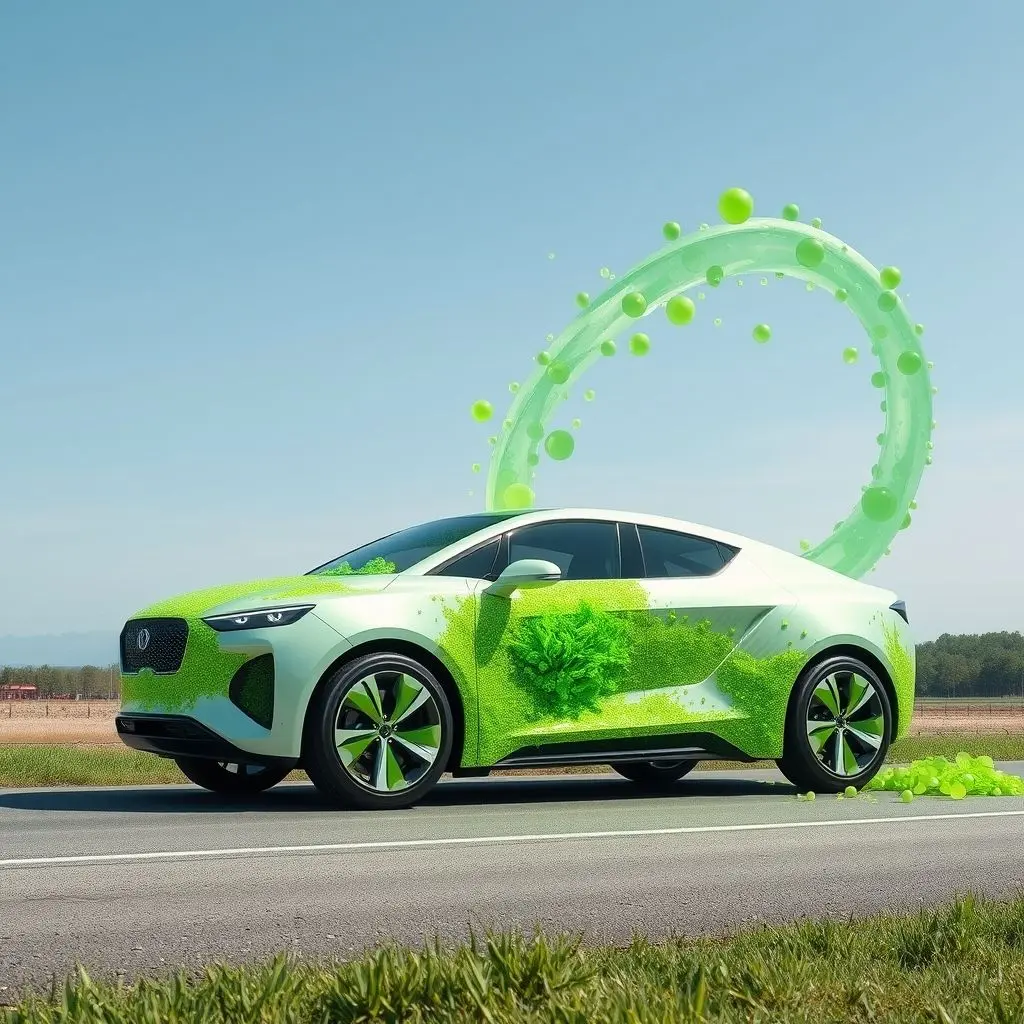
The remaining non-lipid biomass after oil extraction can also be used – perhaps for biogas production (anaerobic digestion), fertilizer, or other valuable co-products, improving the overall economics and sustainability of the process.
Challenges on the Path to Widespread Adoption
While the potential is huge, scaling algae biofuel production to replace a significant portion of fossil fuels faces considerable hurdles:
- Cost-Effectiveness: Currently, producing fuel from algae is generally more expensive than petroleum-based fuels due to high capital costs for cultivation systems (especially PBRs), energy consumption during harvesting and extraction, and the overall efficiency of the conversion processes.
- Scalability: Building and operating algae farms or PBR facilities large enough to produce fuel on a commercial scale requires significant investment, land (even if non-arable), and expertise.
- Energy Balance (EROEI): Ensuring that the energy produced by algae fuel is substantially greater than the energy required to grow, harvest, extract, and refine it is crucial for true sustainability. Optimizing every step is key.
- Strain Selection and Optimization: Identifying and developing algae strains that are robust, grow rapidly, produce high lipid yields under mass cultivation conditions, and are resistant to contaminants is an ongoing area of research.
- Water and Nutrient Use: While flexible, large-scale cultivation still requires substantial amounts of water and nutrients, which need to be sourced sustainably, potentially using wastewater streams.
The Road Ahead: Innovation and Hope
Despite the challenges, research and development in algae biofuels are advancing rapidly. Biotechnologists are exploring genetic modification to enhance lipid production and growth rates. Engineers are designing more efficient and cost-effective cultivation and harvesting systems. The focus is not just on fuel, but on developing a complete biorefinery concept where every part of the algae biomass is utilized to create valuable products, improving the economic viability of the process.
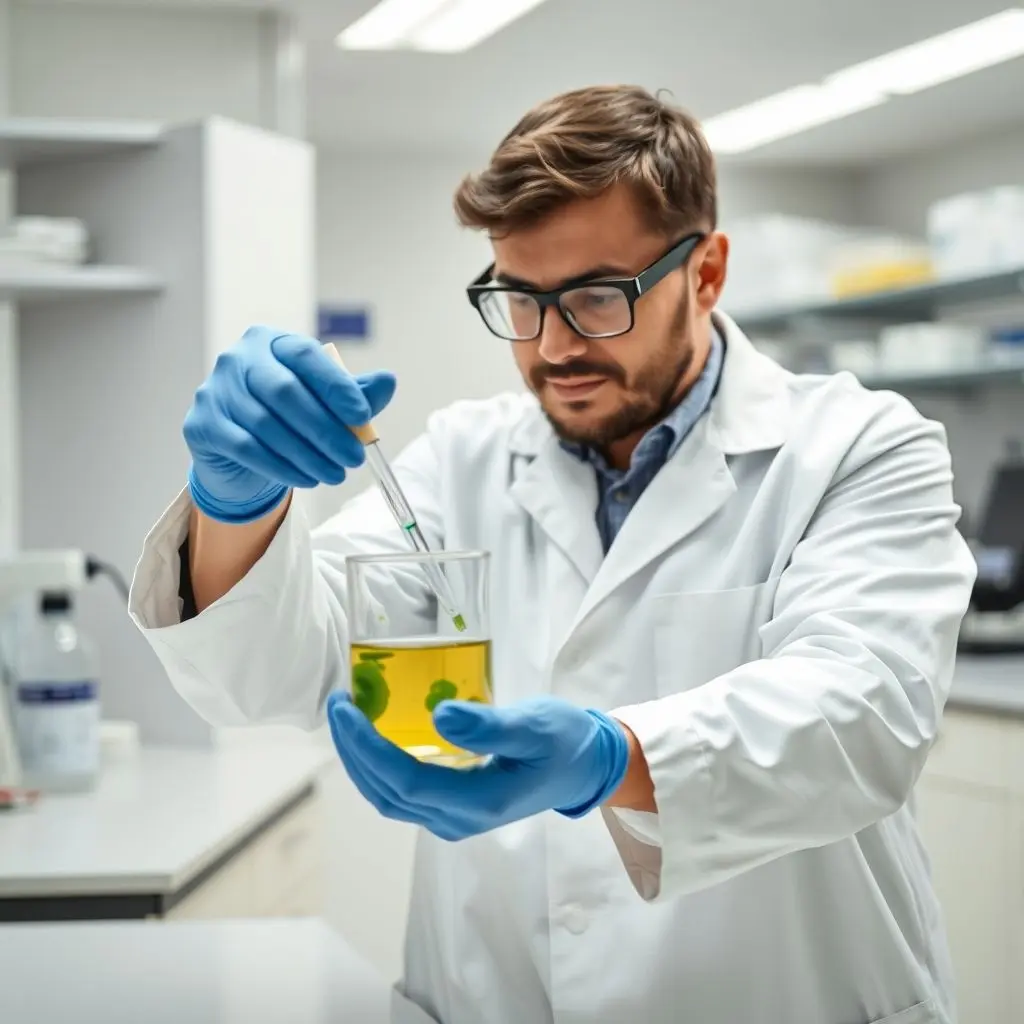
The potential for algae to provide a renewable, low-carbon fuel source that doesn’t compete with food production or require vast tracts of pristine land remains incredibly promising. It represents a significant opportunity to turn a simple organism into a powerful solution for our energy needs.
FAQs About Algae Fuels
Let’s address some common questions about this fascinating technology:
Q: Is algae fuel currently being used on a large scale?
A: While there are demonstration projects and some smaller-scale commercial operations, algae biofuels are not yet produced and used on the same massive scale as traditional fossil fuels or established biofuels like corn ethanol. Significant research and investment are still needed to reach large-scale commercial viability.
Q: Can any type of algae be used for fuel?
A: No, not all algae species are suitable. Researchers focus on specific microalgae strains known for their rapid growth and high lipid content, or those that can be genetically modified to achieve these characteristics. Macroalgae (seaweed) is also being explored but typically requires different conversion processes.
Q: Is algae fuel carbon neutral?
A: Algae consume CO2 during their growth phase. When the fuel made from them is burned, CO2 is released. In theory, if the CO2 consumed during growth equals the CO2 released during combustion (and factoring in emissions from cultivation, processing, etc.), the process can be close to carbon neutral or even carbon negative if industrial CO2 emissions are captured and used for cultivation. The overall lifecycle emissions are significantly lower than fossil fuels.
Q: Does algae fuel production use too much energy?
A: This is a key challenge being addressed by researchers. Historically, the energy input for cultivation, harvesting, and processing could sometimes approach or exceed the energy output of the fuel. However, advancements in technology, such as more efficient harvesting methods, optimizing cultivation systems, and utilizing co-products, are improving the energy balance and making the process more sustainable.
Q: Can algae fuel power airplanes?
A: Yes! Algae oil can be refined into bio-jet fuel that meets the stringent requirements for aviation fuel. Several test flights have successfully used algae-derived jet fuel blends. This is a particularly important application as electrifying air travel is much more challenging than road transport.
The journey from humble pond scum to powering our modern world is a testament to the power of biotechnology and sustainable innovation. The research continues, bringing us closer to a future where green energy comes not just from the sun and wind, but also from the incredible potential locked within microscopic life.
